Coyotes have managed to thrive in places most people never expected them to. Over the past few decades, they’ve quietly expanded their range far beyond open deserts and prairies, showing up in suburbs, forests, farmland—and even city limits. Their adaptability is impressive, and depending on where you live, chances are they’re closer than you think.
Some states have become prime territory for coyotes, offering the right mix of space, food, and minimal pressure from predators. That doesn’t mean you’ll see them out in the open every day, but it does mean they’ve carved out a strong presence in the local ecosystem. Knowing where their populations are highest adds an interesting layer to how we think about wildlife management, cohabitation, and the animals living just beyond our backyards.
California
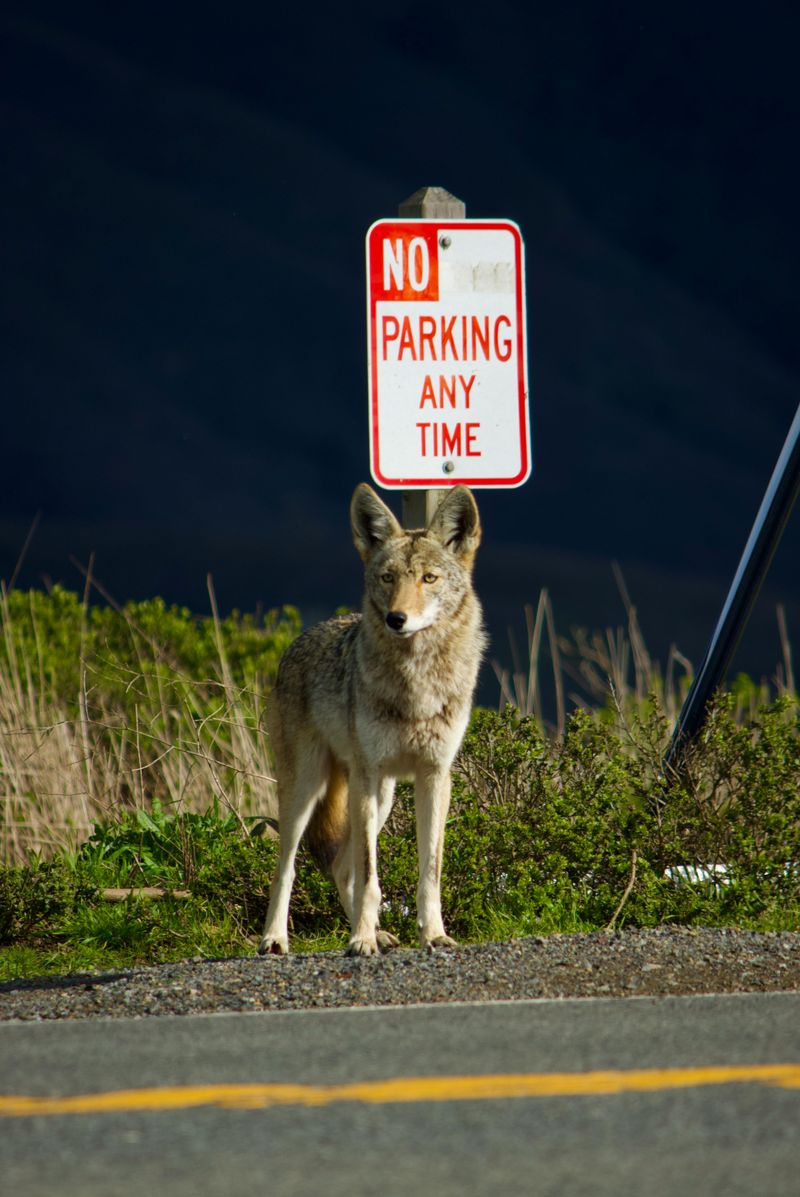
California is home to a burgeoning coyote population, thriving in diverse habitats from urban areas to vast wilderness. The state’s varied ecosystems, ranging from deserts to forests, provide ample food sources and shelter, facilitating their growth. Coyotes here are adept at navigating human-altered landscapes, often seen in suburban neighborhoods. Their adaptability allows them to survive in high-density areas, scavenging for food and occasionally preying on small pets. Observing coyotes in California offers insights into their resourceful nature and the challenges of human-wildlife coexistence. Their presence reflects a successful adaptation to modern ecological pressures.
New Mexico

New Mexico’s vast deserts and open landscapes provide an ideal environment for coyotes. With their keen senses and adaptability, they traverse the state’s rugged terrains. Coyotes in New Mexico have been known to develop unique hunting strategies to capture prey in challenging desert conditions.
A fascinating aspect of New Mexico’s coyotes is their ability to blend into a landscape that seems barren at first glance. Despite the harsh conditions, these animals thrive, demonstrating their resilience and intelligence.
The coyote’s presence in New Mexico has also influenced local folklore, symbolizing cunning and survival.
Utah
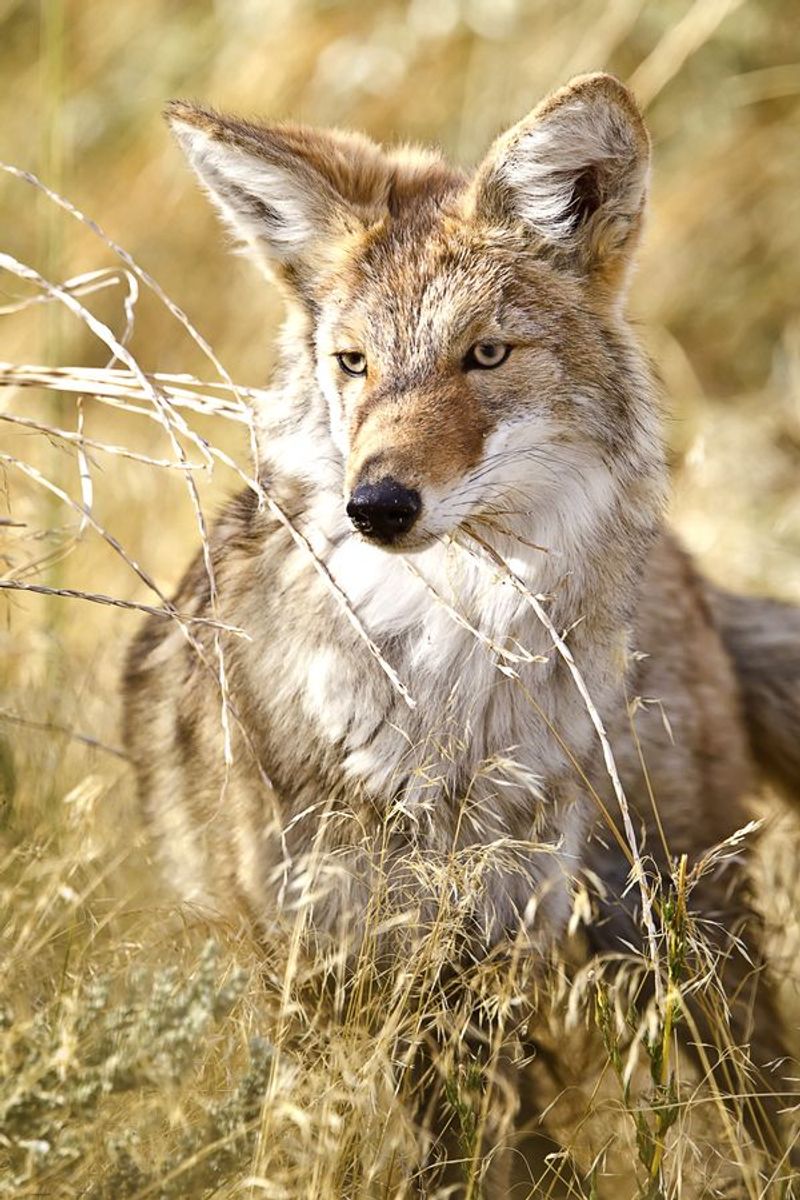
Utah’s diverse geography, from deserts to high mountains, offers varied habitats for coyotes. In the state’s mountainous regions, coyotes have adapted to colder climates, often hunting in packs to efficiently capture prey.
These coyotes are known for their thick winter coats, which provide insulation against the harsh weather. The adaptability of coyotes in Utah showcases their ability to survive in varied environments and climates.
The state’s efforts to manage their populations highlight the balance between wildlife conservation and human activities.
Texas

In Texas, coyotes are a common sight, roaming the expansive prairies and open fields. The state’s large size and diverse landscapes offer an ideal environment for these animals to thrive. They play a crucial role in controlling rodent populations, which benefits the agricultural sector. Coyotes in Texas have adapted to both rural and urban settings, often heard howling at night. Their ability to survive in varied conditions highlights their resilience. As the coyote population expands, they continue to impact local ecosystems, maintaining a delicate balance between predator and prey.
Wisconsin
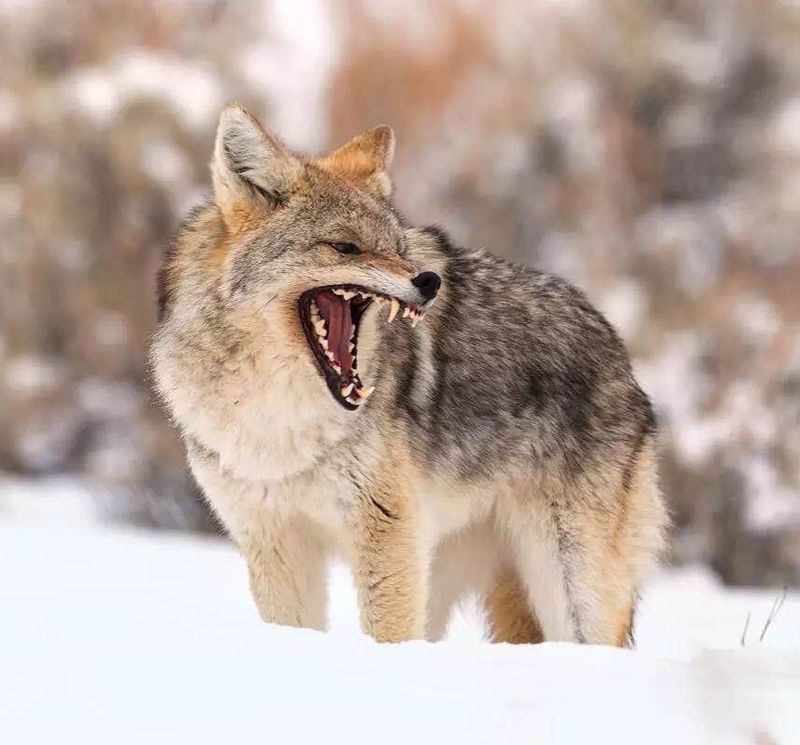
In Wisconsin, coyotes are a common sight in both rural and suburban areas. The state’s forests and farmlands offer abundant food sources and cover for these adaptable animals. Coyotes in Wisconsin are often seen alone or in small family groups, navigating through dense woodlands.
A unique trait of Wisconsin’s coyotes is their vocalization patterns, which they use to communicate across vast distances. These howls and yips are an integral part of their social structure.
Efforts to study and manage coyote populations in Wisconsin provide insights into their ecological roles.
Arizona

Arizona’s arid deserts and mountainous regions provide a perfect habitat for coyotes. These intelligent creatures have adapted well to the harsh climate, finding water sources in unlikely places and hunting small mammals and reptiles. Their presence is particularly noted in areas surrounding Phoenix and Tucson, where urban expansion meets their natural habitats. Coyotes here are known for their distinctive vocalizations, often echoing through the desert night. Their survival skills in such a demanding environment showcase their adaptability. Observing them offers a glimpse into the intricate balance of desert ecosystems.
Virginia

Virginia offers varied habitats for coyotes, from coastal plains to mountainous regions. These adaptable creatures have been expanding their range across the state, often seen in the rolling hills and agricultural lands.
Coyotes in Virginia are known for their opportunistic feeding habits, thriving on a diverse diet that includes small mammals and vegetation. Their presence in the state has sparked discussions about wildlife management and the balance between human activities and conservation.
Virginia’s coyotes symbolize the adaptability and resilience of wildlife in changing landscapes.
Michigan
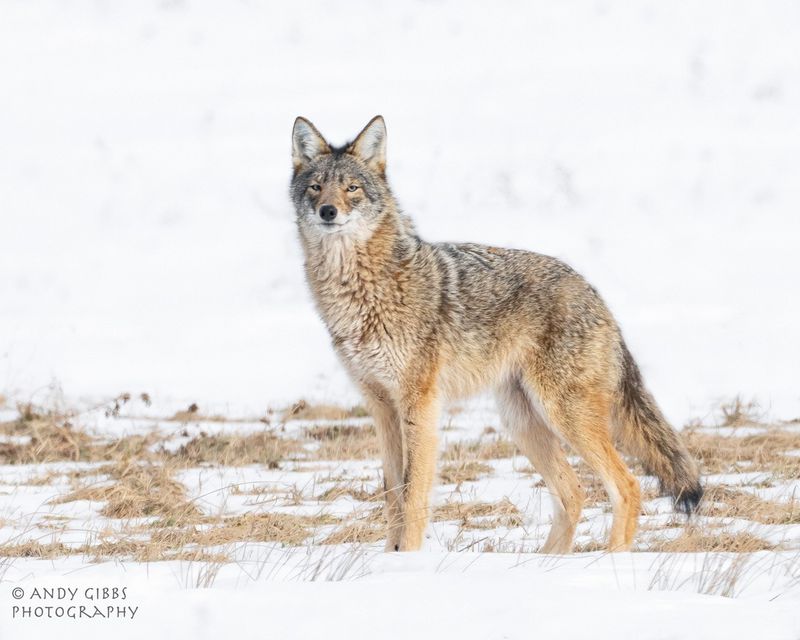
Michigan’s diverse ecosystems, from forests to lakeshores, provide an ideal habitat for coyotes. These intelligent creatures have adapted well to the state’s natural and urban areas. Coyotes in Michigan are often found near water sources, which play a crucial role in their survival.
These animals are skillful hunters and are known for their diverse diet. They have been observed preying on small mammals, birds, and even fish from the state’s numerous lakes.
Michigan’s coyote populations offer valuable insights into the adaptability of wildlife in both natural and urban settings.
Colorado

In Colorado, coyotes are flourishing, well-suited to the state’s mountainous terrain and vast open spaces. The mix of forests, plains, and urban areas provides diverse opportunities for food and shelter. Coyotes are often spotted near hiking trails, where they cautiously observe human activity. Their diet includes small mammals and birds, helping to control pest populations naturally. Colorado’s coyote population is a testament to their versatility and adaptability. They are an integral part of the local ecosystem, balancing the food chain and demonstrating remarkable survival instincts in a challenging environment.
Minnesota

Minnesota’s harsh winters and vast wilderness areas challenge coyotes, yet they thrive in these conditions. Known for their thick fur and adaptability, they navigate snowy fields and dense forests with ease. Minnesota’s coyotes often hunt in pairs or small groups, enhancing their success rate in the challenging environment.
These animals have learned to coexist with humans, often seen near farms and suburban areas. Their presence is a testament to their resilience and adaptability.
Efforts to study their behavior in the state continue to reveal fascinating aspects of their ecology.
Oregon

Oregon, with its lush forests and diverse landscapes, provides a rich habitat for coyotes. These animals are frequently seen in the state’s expansive woodlands, where they hunt small mammals and birds. The dense vegetation offers ample cover and hunting grounds.
Coyotes in Oregon are known for their problem-solving abilities, often finding creative ways to secure food in a competitive environment. Their interactions with other wildlife and humans highlight the complex dynamics of Oregon’s ecosystems.
The state’s commitment to wildlife conservation includes monitoring coyote populations to ensure ecological balance.
Nevada

Nevada’s sparse desert regions are home to a thriving coyote population. These animals have adapted to the arid conditions, often traveling long distances in search of food and water. Coyotes in Nevada are frequently found near water sources such as rivers and lakes, where prey is more abundant. Their nocturnal habits make them elusive, often heard rather than seen. Despite the harsh environment, they are skilled survivors, capable of enduring extreme temperatures. Their presence in Nevada highlights their ability to adapt and thrive in one of the most challenging climates in the U.S.
Illinois

In Illinois, coyotes have become a familiar sight, especially in suburban areas where they are adapting to human presence. The state’s mix of rural, urban, and suburban landscapes provides ample opportunities for coyotes to hunt and scavenge. They play a vital role in controlling rodent and small mammal populations, contributing to the ecosystem’s balance. Residents often hear their distinctive calls at night, a reminder of their adaptability. Despite being close to human settlements, they remain elusive and cautious. Coyotes in Illinois highlight how wildlife can coexist with expanding urban areas.
New York
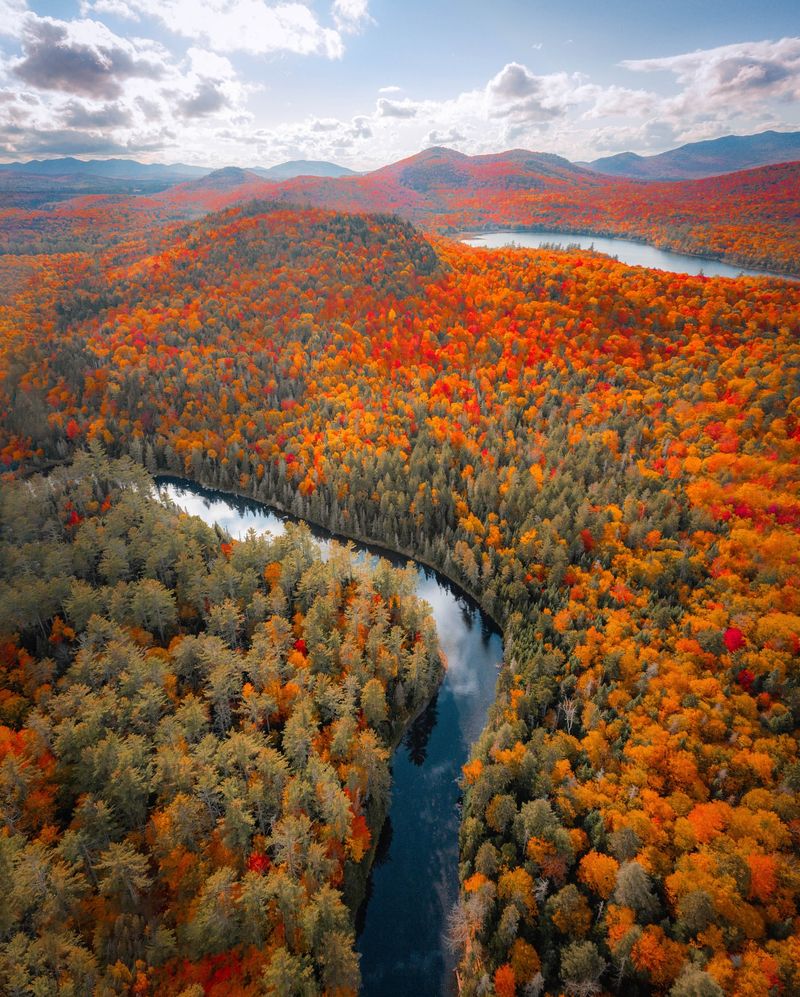
New York’s diverse landscapes, from the Adirondacks to urban outskirts, support a growing coyote population. These animals have become a common presence even near bustling cities. Their adaptability allows them to thrive in varying environments, finding niches in rural and urban settings. Coyotes in New York often scavenge for food, demonstrating opportunistic behavior. Their presence is a testament to their ability to adjust to different climates and human activities. As they navigate both wilderness and city life, they play a crucial role in controlling small animal populations, maintaining ecological balance.
Pennsylvania

Pennsylvania’s forests and rolling hills offer a conducive habitat for coyotes. These creatures have expanded their range throughout the state, often spotted near wooded areas. They play a significant role in controlling populations of deer and other small mammals. Coyotes in Pennsylvania are known for their keen senses and ability to avoid human contact, making them a rare sight despite their numbers. Their adaptability to different environments, from rural landscapes to suburban areas, underscores their resilience. Observing them in Pennsylvania provides insight into their natural behaviors and ecological impact.
Ohio

Ohio’s coyote population has grown, with these animals becoming increasingly common in both rural and suburban areas. They take advantage of the state’s agricultural lands and forested areas, which offer ample food sources. Coyotes in Ohio are vital in controlling rodent populations, benefiting local agriculture. Their presence is often noted by their vocalizations, which can be heard echoing through the countryside. Despite their proximity to human settlements, they remain wary and elusive. Coyotes in Ohio exemplify the balance between wildlife and human environments, showcasing their adaptability and survival skills.
Georgia

Georgia’s woodlands and farmlands are home to a flourishing coyote population. These adaptable creatures have integrated into the state’s diverse ecosystems, from forests to suburban areas. They play a crucial role in managing the populations of small mammals and pests. Coyotes in Georgia are often observed near farms, where they scavenge and occasionally prey on livestock. Their ability to adapt to various environments highlights their resilience. The presence of coyotes in Georgia is a reminder of the complex interactions between wildlife and human activity, emphasizing the need for coexistence strategies.
Oklahoma

Oklahoma’s expansive prairies and woodlands provide a rich habitat for coyotes. These animals are a common sight, often seen near farms and rural areas where they coexist with agricultural activities. They play a vital role in controlling pest populations, benefiting local farmers. Coyotes in Oklahoma are known for their adaptability, thriving in both wild and human-influenced landscapes. Their presence is often marked by their howls, a characteristic sound in rural Oklahoma nights. Observing these creatures offers insights into their survival strategies and their impact on local ecosystems.
Kansas
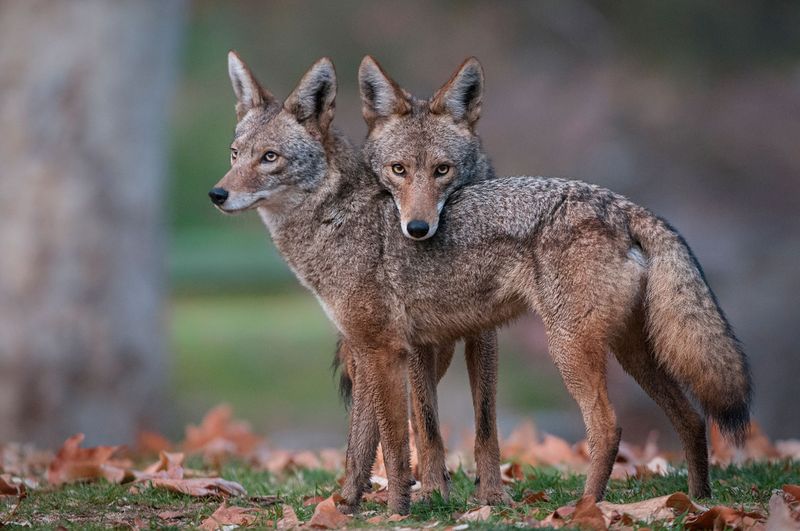
Kansas, known for its vast plains and agricultural lands, hosts a substantial coyote population. These animals have adapted to the open landscapes, often seen near farm fields. They are effective in controlling the populations of rodents and pests, making them beneficial to the agricultural sector. Coyotes in Kansas are often observed during dawn or dusk, taking advantage of the quiet rural environment. Their presence underscores their adaptability and their role in the local ecosystem. Understanding their behavior in Kansas provides valuable insights into wildlife management and conservation efforts.
North Carolina
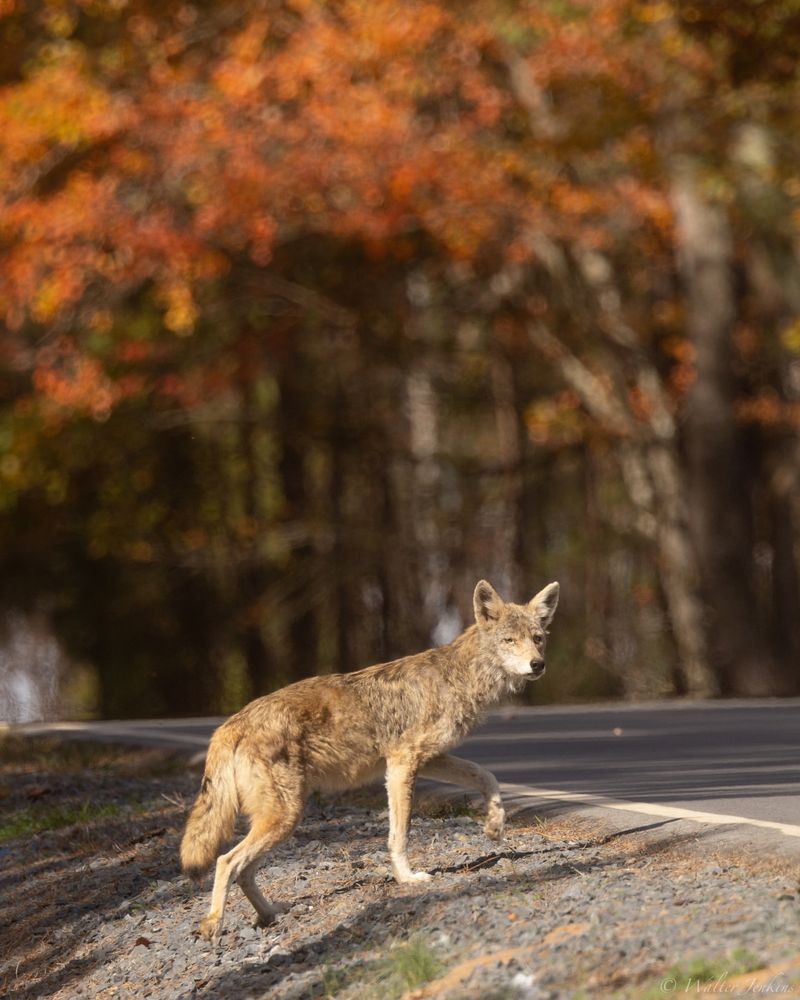
North Carolina’s mix of coastal plains and mountainous regions supports a thriving coyote population. These animals have adapted to various habitats, from dense forests to open fields. Coyotes in North Carolina contribute to controlling populations of small mammals, playing an essential ecological role. Their adaptability is evident as they navigate both wild and urban landscapes. Despite being elusive, their presence is often indicated by their distinctive calls. Observing coyotes in North Carolina provides a glimpse into their behaviors and the balance they maintain within the ecosystem. Their adaptability showcases their survival prowess.

